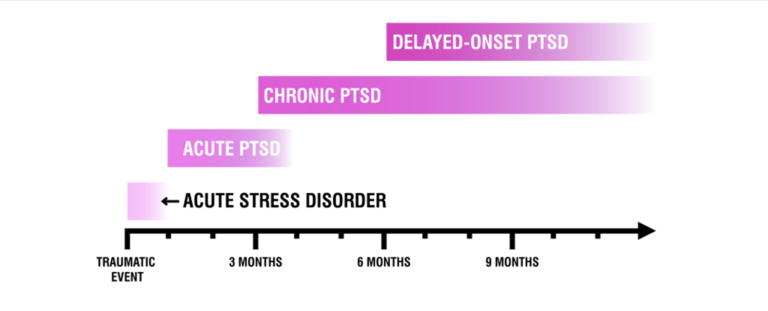This article is from the free online
Post-Traumatic Stress Disorder (PTSD) in the Global Context


Reach your personal and professional goals
Unlock access to hundreds of expert online courses and degrees from top universities and educators to gain accredited qualifications and professional CV-building certificates.
Join over 18 million learners to launch, switch or build upon your career, all at your own pace, across a wide range of topic areas.

 Helen Minnis is a Professor of Child and Adolescent Psychiatry at the University of Glasgow. Professor Minnis spent time working as an Orphanage Doctor in Guatemala in the early 1990s prior to training in Psychiatry, and this stimulated an interest in the effects of early maltreatment on children’s development.
Helen Minnis is a Professor of Child and Adolescent Psychiatry at the University of Glasgow. Professor Minnis spent time working as an Orphanage Doctor in Guatemala in the early 1990s prior to training in Psychiatry, and this stimulated an interest in the effects of early maltreatment on children’s development. The image shows a timeline from traumatic event to nine months later, showing the different ways PTSD can be classified depending on when the onset is.
The image shows a timeline from traumatic event to nine months later, showing the different ways PTSD can be classified depending on when the onset is. 


